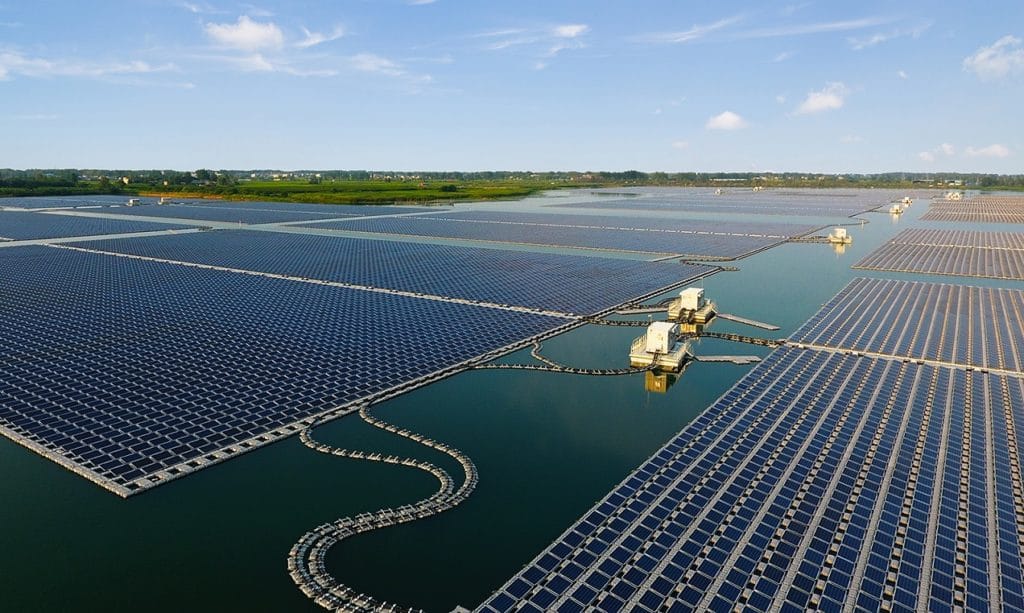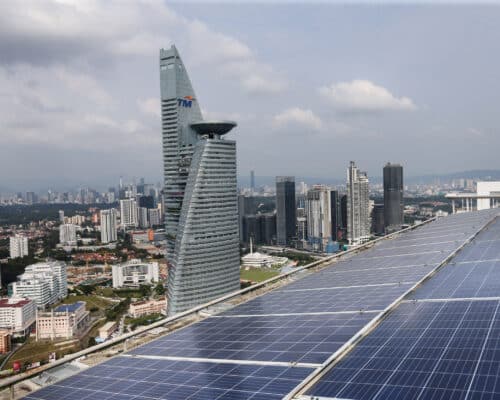Best Technology Solutions For Climate Change Mitigation
Source: KAUST
21 July 2022 – by Eric Koons Comments (0)
Climate change technology solutions are numerous and widespread. So why is it so challenging to quit fossil fuels? They cause climate change, emit greenhouse gases, pollute the air we breathe and kill the soils that feed us.
The reality is that although investment in climate change solutions is high, the sheer volume of infrastructure that we need to overhaul is out of the scope of even the wealthiest nations. That’s how big is the issue of global warming. Technology development is necessary to reduce global emissions and to deal with extreme weather events.
The Cause of Climate Change
Fossil fuels have one main advantage over renewable energy: they are energy dense. The average energy density of renewables is one to two orders of magnitude less than fossil fuels.
For this reason, significant investments have been made in fossil fuel infrastructure over the past two centuries.
Fossil Fuels and the Industrial Revolution
To put that number in perspective, between 2015 and 2021, over USD 3.8 trillion was invested in fossil fuels worldwide. They are energy-dense, their storage is cheap, and they can provide power on demand. As a result, fossil fuels have become economic drivers. And without them, the Industrial Revolution would not have been possible.

Benefits of Fossil Fuels
As the first steam engines were rolled out and improvised grids were erected around the world, fossil fuels provided enough energy to push the world out of poverty and provided energy. Due to this, fossil fuels have powered the world with cheap energy and made widespread automobiles a reality. In fact, we actually owe a lot to fossil fuels.
Drawbacks of Fossil Fuels
However, the price we pay for using such a cheap energy source is difficult to scale. With global carbon emissions reaching around 36.7 billion metric tonnes annually in the 2020s, the biosphere cannot keep up. These carbon dioxide emissions have brought air pollution
Massive deforestation and land degradation are creating a smaller global carbon sink. This is leading to widespread climate impacts. For example, in 2020, there were over 55 million new climate migrants.
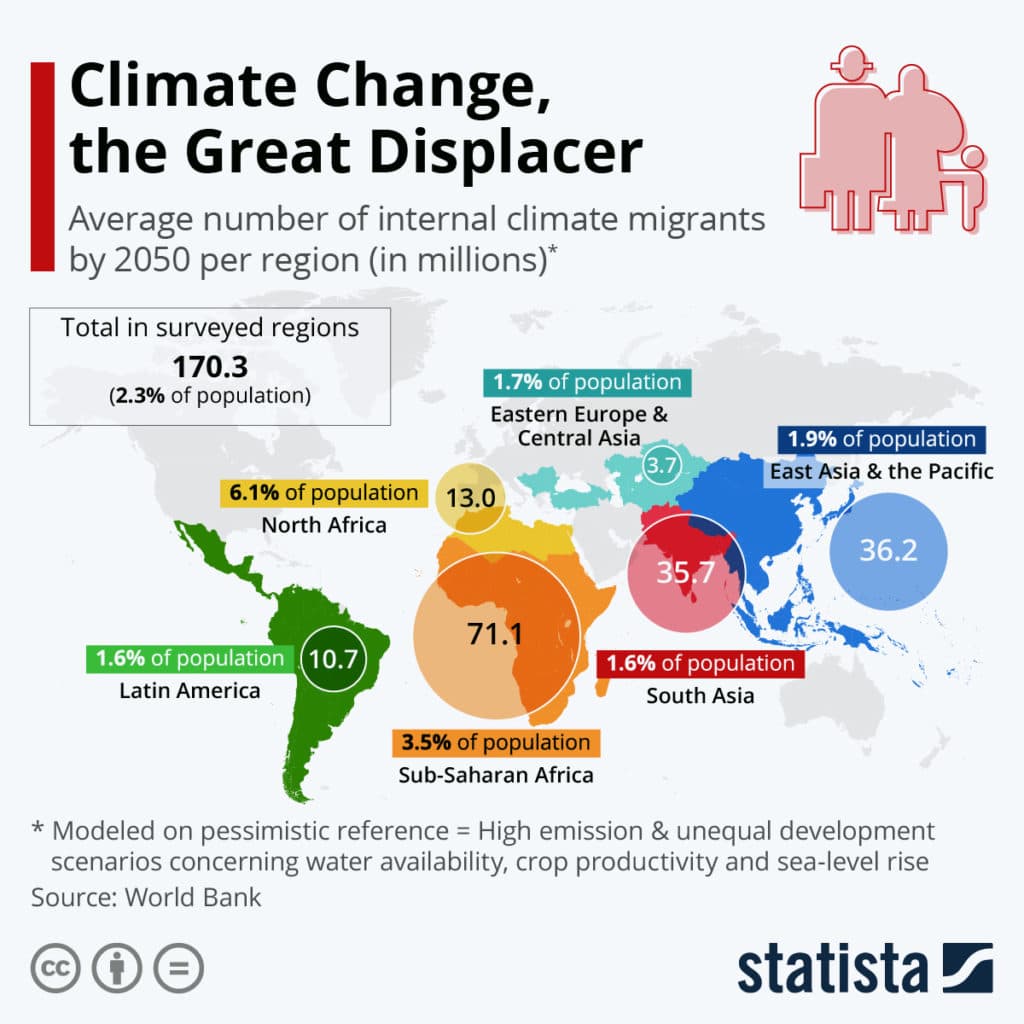
Innovative Climate Change Technology Solutions – To Reduce Greenhouse Gas Emissions and Fight Global Warming
For this reason, future investments in climate change solutions are necessary and welcome worldwide. With just a handful of countries that have no plans to build a circular economy, the reality is that the world is in a hurry to reduce carbon emissions and limit climate impacts.
The biggest obstacles are political, economic and habitual. It was only in 2020 that renewable energy sources like solar and wind became cheaper to build than coal power plants.
Here are some innovative climate change solutions to limit carbon footprint and increase energy efficiency:
1. Carbon Capture – Direct Air and Source Capture
Carbon capture has a lot of potential for mitigating climate change. The carbon capture technology is simple to reduce emissions, but the cons include high costs per tonne of carbon dioxide removed, difficulties storing the captured carbon and possible CO2 leaks.

2. Reflective Sulfate Aerosols
Seeding the upper atmosphere with sulfate-based aerosols could increase the Earth’s albedo and help reflect more of the sun’s rays. Despite its immediate cooling effect, which buys time for further renewable energy integration, the idea meets a lot of opposition. Ozone layer depletion, acid rain and the accumulation of aerosols in waterways and soils are just some of the possible cons of the technology.
3. Solar Shields
Space solar shields would reflect the sun’s rays before they could even reach the atmosphere. Incredibly expensive to implement and maintain, the technology would shield the sky and reduce the amount of sunlight reaching the lower levels of the troposphere. Easy manoeuvrability and on-demand deployment with foldable shields are the most prominent advantages of the technology.
4. Painting Roofs White
The simplest and the easiest of all new technologies, painting roofs could potentially reduce the urban heat island effect and help reflect more light and heat back into space.
The technology is cheap and easy to deploy. Additionally, it is possible to deploy the idea on a massive scale within a few years, and with the proper paint, it can be sustainable.
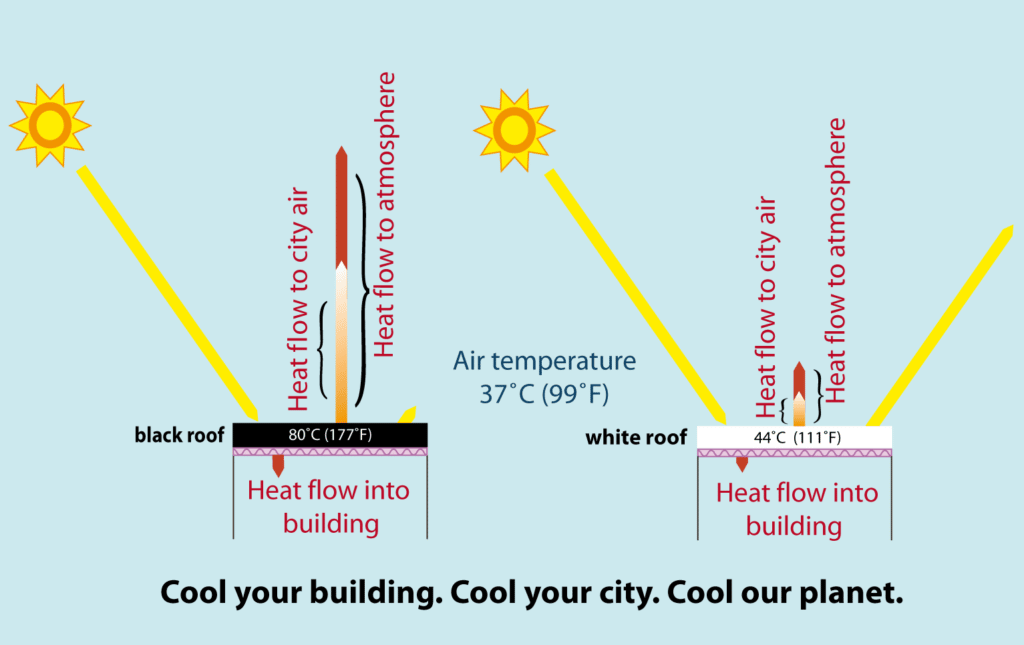
5. Seeking Solutions to Complement Existing Renewable Energy Technologies
However, the most realistic solutions to mitigate global climate change would be to improve on currently existing energy technologies and infrastructure to meet energy demands. This would avoid job losses due to industry shutdowns and benefit the world’s economies. Furthermore, it would be a sustainable way to move forward.
Innovative climate change solutions of this kind include:
- smart devices and appliances,
- smart electricity meters,
- municipal waste energy recovery,
- floating solar plant and farms (which also save water by reducing evaporation),
- vertical-axis wind turbines,
- molten metal solar and wind energy storage,
- reversible hydro dams,
- and agrivoltaic solutions.
Climate Change Technology Will Facilitate The Clean Energy Transition
The first half of the 21st century is the time frame we have to move most of the world’s economy away from fossil fuels. However, this change will be costly and time-consuming. We have to reduce energy consumption and increase energy efficiency.
Luckily, the technology solutions for climate change mitigation are already here, and new ways to reduce our impact on the climate spring up every day. As a result, it falls on us to support their adoption with proper investment and regulatory encouragement.
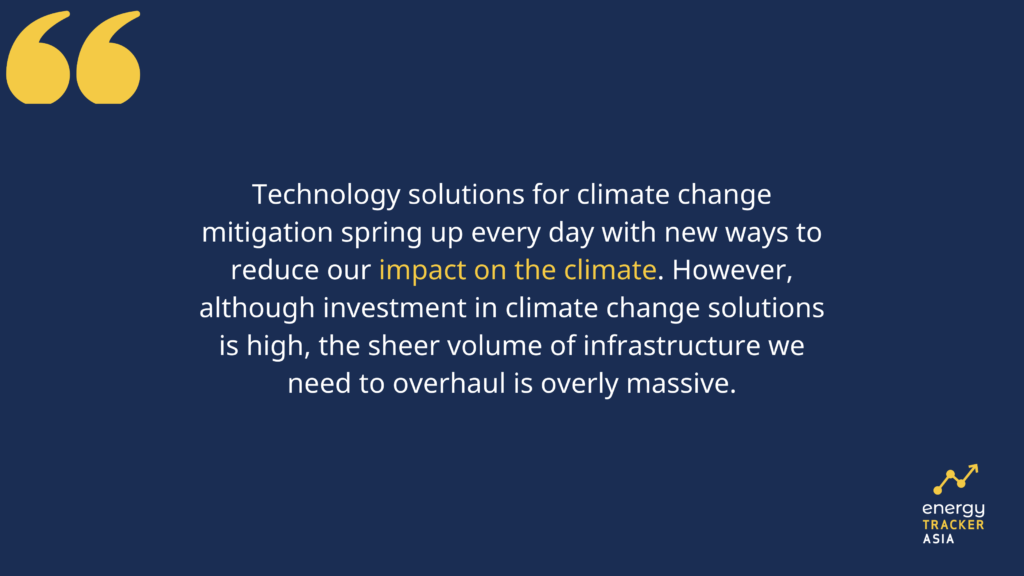
by Eric Koons
Eric is a passionate environmental advocate that believes renewable energy is a key piece in meeting the world’s growing energy demands. He received an environmental science degree from the University of California and has worked to promote environmentally and socially sustainable practices since. Eric’s expertise extends across the environmental field, yet he maintains a strong focus on renewable energy. His work has been featured by leading environmental organizations, such as World Resources Institute and Hitachi ABB Power Grids.
Read more